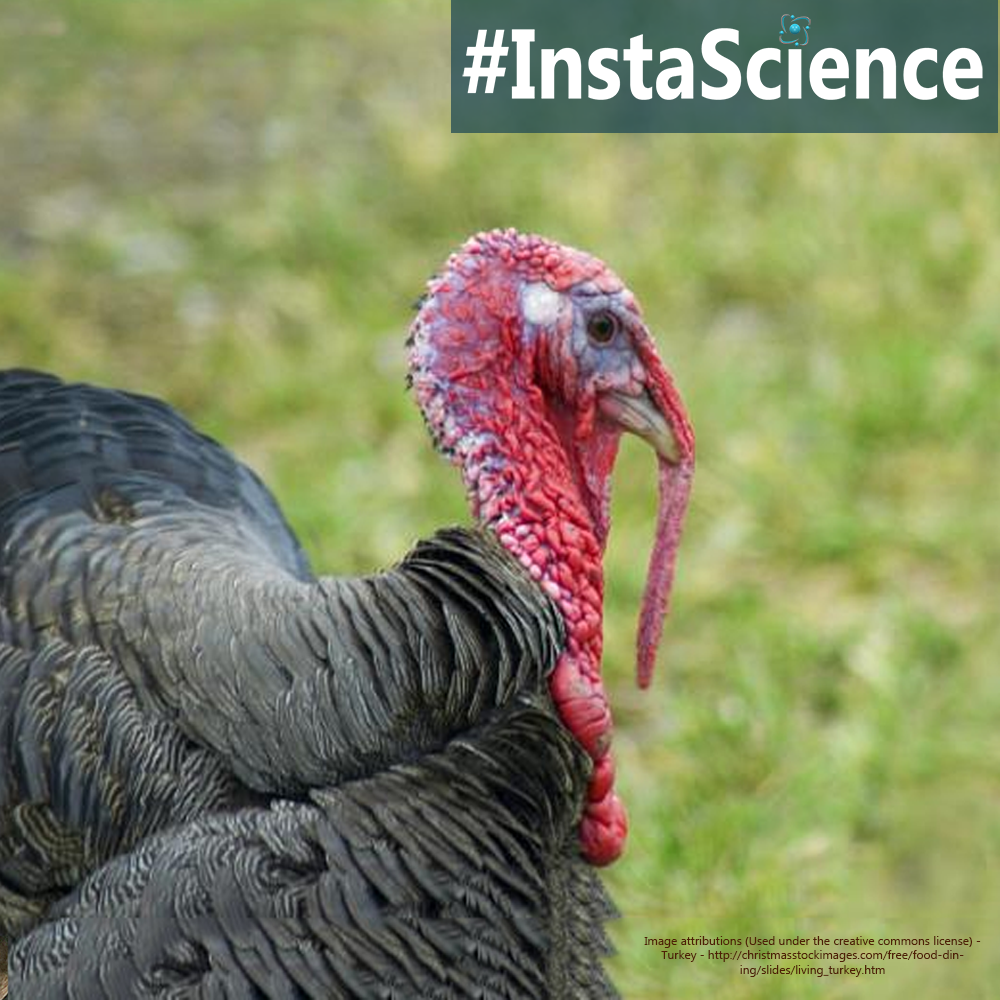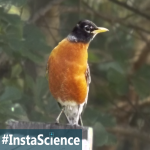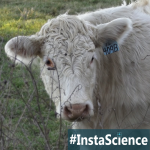
Turkey hand-prints, turkey pine cones, and a whole host of other turkey-related activities are popping up all over the internet. So, I thought that it was about time that we talk turkeys – that is turkey nature study!
Back in the early 1900’s, wild turkeys were hunted to near extinction. Nowadays, thanks to restoration programs, the wild turkey can be seen (or heard) in many forests throughout the US. Although these birds can run up to 25 mph, so you may only find signs of turkeys, such as a feather, droppings, or prints. Turkeys can also fly at up to 55 mph, which means that they can get away from you in a hurry!
If you do spot a wild turkey, chances are you will see more than one. Turkeys travel in groups and know each other by their unique calls. Male turkeys are called “gobblers” because of the noise they make to entice female turkeys.
Male turkeys are larger and more colorful than the females. Toms have the ability to puff up their feathers and fan out their tails, similar to peacocks. Males also have snoods, a fleshy mass over their beak, that can lengthen. These changes work together to help the male turkeys attract a mate.
Female turkeys are smaller and duller in color. Hens can lay a clutch of up to 12 eggs, which they will incubate for 28 days before they hatch. All turkeys are omnivores as their diet consists of berries, acorns, seeds, and small insects and other small animals.
Fun Fact – Tom turkeys have a featherless head that can change colors with their mood. When a turkey is calm, the flesh on its head is bluish-white, but when it is excited or upset its head turns bright red!
More Homeschool Science Helps
- This time last year, we shared about Cones.
- Don’t miss these 4 tips on how to keep your homeschool motivation alive as the holidays approach!
Links to Research
- 14 Fun Facts About Turkeys
- What’s A Snood? A Wattle? Talking Turkey About A Popular Bird
- 10 Terrific Turkey Facts
- {Video} Turkey Sounds





Join the Community!